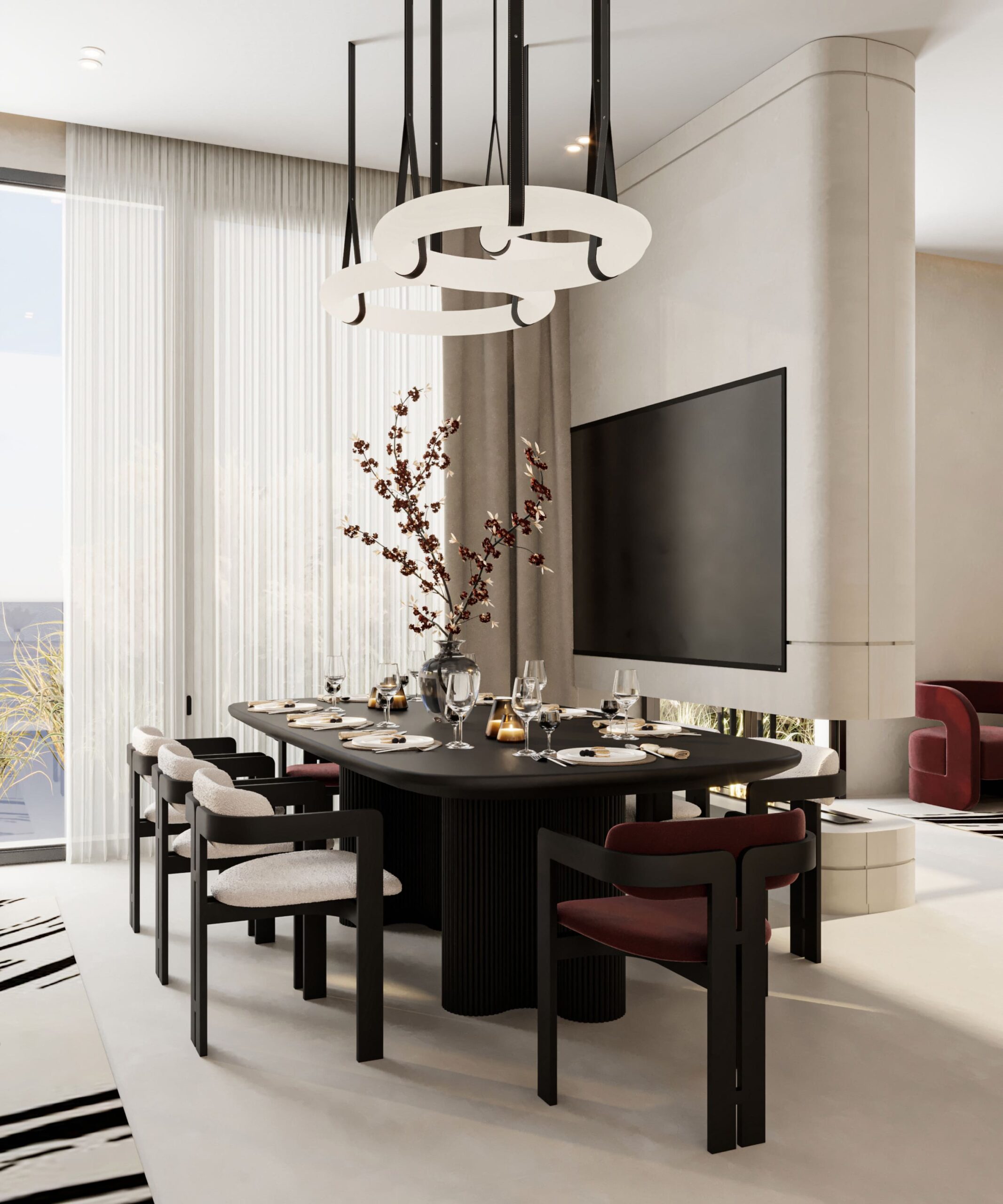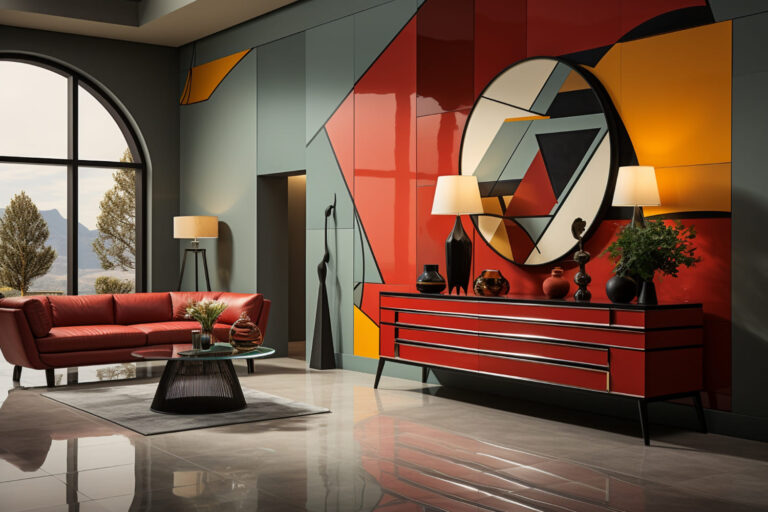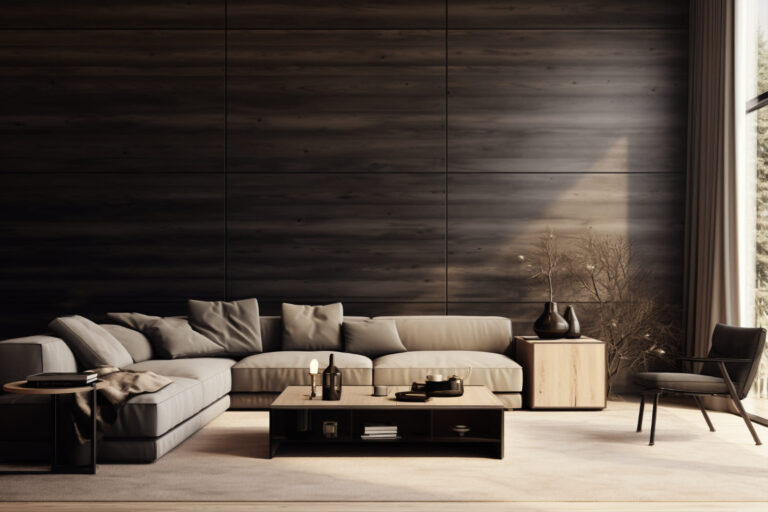In today’s fast-paced world, the spaces we inhabit—our homes, workplaces, and public areas—play a significant role in shaping our psychological and emotional well-being. Interior design, once seen primarily as a tool for aesthetics and style, is now recognized as a powerful factor in promoting mental health and enhancing the overall quality of life.
This article explores how the principles of interior design influence our psychological state and why creating supportive environments is essential for a healthier, more balanced life.
The Psychology of Space
Our surroundings can trigger emotional responses. A cluttered, poorly lit room may induce feelings of stress, anxiety, or fatigue, while a well-organized, light-filled space can encourage calmness, focus, and positivity. This psychological impact of space design is deeply rooted in human behavior and neuroscience.
Interior designers often use color theory, spatial arrangement, texture, and lighting to evoke certain moods. For example, cool colors like blue and green promote tranquility, while warmer tones like red and orange can stimulate energy and passion.
Natural Light and Mood
Exposure to natural light is linked to the regulation of our circadian rhythms, which affect sleep quality, mood, and energy levels. Inadequate natural light, especially in places like office spaces or urban apartments, can contribute to Seasonal Affective Disorder (SAD), depression, and low productivity.
Design strategies such as larger windows, glass partitions, or even artificial daylight systems can dramatically improve a space’s livability and positively impact mental health.
Biophilic Design: Bringing Nature Indoors
Biophilic design refers to incorporating elements of nature into interior spaces—plants, water features, natural materials, and organic forms. Studies show that indoor plants reduce stress, improve air quality, and foster a sense of connection to the environment.
Spaces designed with biophilic principles tend to support emotional resilience and cognitive function, making them ideal for both homes and workplaces.
Color Psychology and Emotional Responses
Colors have psychological effects that go beyond personal preference. Designers use color palettes to influence mood and behavior. For instance:
- Blue: Encourages calm and productivity. Often used in bedrooms and offices.
- Green: Associated with health and harmony. Works well in living rooms and rest areas.
- Yellow: Stimulates creativity and energy, ideal for kitchens or creative spaces.
- Red: Can increase heart rate and passion but may be overwhelming if overused.
Choosing the right colors for each room according to its function can dramatically affect the atmosphere and emotional responses of its users.
The Importance of Layout and Space Planning
Overcrowded or poorly arranged spaces can create confusion and discomfort. A well-thought-out layout improves flow, reduces physical and mental stress, and enhances a sense of safety and comfort. Open-plan layouts, ergonomic furniture, and clear visual paths are design choices that contribute to ease of movement and mental clarity.
Additionally, spaces that allow for personal control—like adjustable lighting or flexible furniture—help users feel more autonomous and relaxed.
Sensory Design and Emotional Comfort
Interior design that considers all five senses can significantly elevate a space’s emotional impact. Texture, sound, scent, and even temperature contribute to how we experience a place. For example:
- Soft textiles can promote coziness.
- Soundproofing reduces noise pollution, a major stressor in urban living.
- Pleasant aromas from essential oils or natural materials enhance relaxation.
A multi-sensory approach ensures the environment supports well-being on several levels.
Minimalism and Mental Clarity
Minimalist design, characterized by simplicity and lack of clutter, has been associated with reduced anxiety and increased mental clarity. The “less is more” philosophy creates a sense of order and spaciousness that helps individuals concentrate and relax.
In contrast, overly decorative or chaotic interiors may cause sensory overload and stress.
Personalized Spaces and Emotional Connection
Spaces that reflect personal identity can foster a sense of belonging and emotional safety. Personalized design elements—photos, meaningful artwork, cultural references—can boost mood and reinforce positive memories.
Interior design that tells a story or evokes a sense of home strengthens emotional attachment and satisfaction.
Applications in Healthcare and Therapy Spaces
Healthcare environments are increasingly embracing design as a tool for recovery. Soothing color schemes, natural light, and patient-centered layouts have been shown to reduce hospital stays, improve recovery rates, and support emotional stability.
Mental health clinics, therapy rooms, and wellness centers now rely on therapeutic design elements to support treatment goals and create safe, welcoming environments.
Conclusion
Interior design is far more than a luxury or visual art—it is an essential contributor to mental health and overall quality of life. By integrating design elements that promote well-being, reduce stress, and support positive emotions, we can transform our homes, workplaces, and public spaces into environments that uplift and heal.
As awareness grows around the psychological impacts of our surroundings, the role of interior designers will continue to evolve—not just as stylists, but as architects of human experience and mental wellness.




